bmikkalson
Hot Rolled
- Joined
- Jan 20, 2010
- Location
- St, Paul MN
I am going to try to level it with 3 points on the surface plate. Than map out the surface. I being a newb find it amazing the cast moves around so much...
Follow along with the video below to see how to install our site as a web app on your home screen.
Note: This feature may not be available in some browsers.
I am going to try to level it with 3 points on the surface plate. Than map out the surface. I being a newb find it amazing the cast moves around so much...


I don't follow at all why you're doing this, or even what this whole thread is about I'm afraid. You have machined a part, in this case a straight edge, to the limits of the accuracy of that process and that machine. You then measured it (using spotting blue) and shown the inherent inaccuracies of the machine using a far more sensitive measuring process. Nothing remarkable about all that and the print you're getting looks about typical to me. If you want to feel more warm and fuzzy about the milling then lay your ink on much thicker and desensitise the measuring process to make it less accurate. If you otherwise want a better print, use a more accurate machining process, and from the point you're at there it would normally be scraping.
FWIW, in the time taken to write up what may be happening, come up with all manner of BS theories regarding Airy Points, etc etc etc, you could have scraped that little straight edge in 5 times over!
Get all your machining done first.
Hang it up an beat it with a dead blow. At the very least youll be 'stress relieved'
Slap it on a plate and see if you can get feeler gauges under it. Anything less than .006 youre golden.
Blue it up and scrap it like you hate it, centres out first n coming in from the edges.
If youre not roughed in 20 minutes, click here and rock that shop.
Don't worry Pete, I read this last night and was wondering what the point was..
It is rough machined on a mill.... Now you get your hands dirty and scrape, scrape, scrape...
No point to a straight edge if it is not flat, only way to get it flat flat is scraping..
Plus it is only a baby straight edge..
...the reason people scrape at a given point is ... because at a certain point scraping is just way faster and more efficient that trying to machine any closer. ...
smt
What he said!
Don't machine the surface to smooth, it makes it a bitch to scrape. It will rough in easier if there are some tooth marks. A sparked out Blanchard ground surface is about the worst, and I doubt if CBN finished is far behind.
Is that because the tool wants to skate across the smooth surface instead of digging in?
Charles
Cue up Skaters Waltz. A one and-a two-uh https://video.search.yahoo.com/vide...:s,v:v,m:sa&hsimp=yhs-001&hspart=mozilla&tt=b
Stroke-stroke and-uh stroke-stroke.
You'll be done in no time.
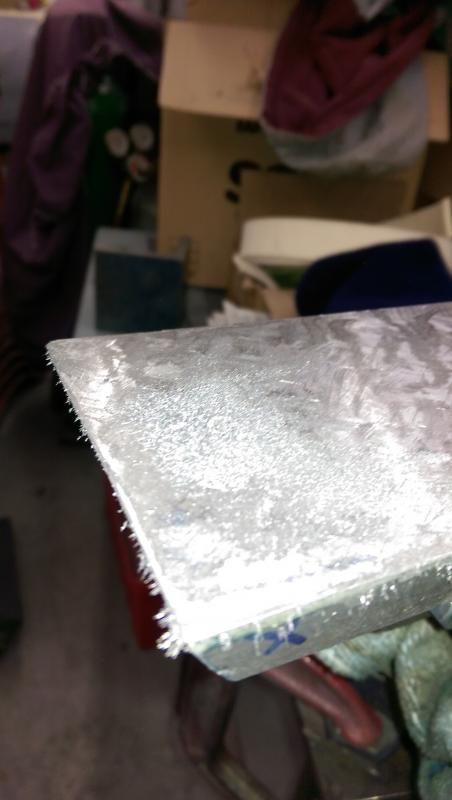 [/URL]
[/URL]Is that because the tool wants to skate across the smooth surface instead of digging in?
Charles
Most trades take 2 Years to get your feet wet, 3 days is a good start to sharpening a scraper etc. But if you want professional results it is only going to scratch the surface. I want results.
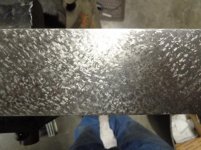
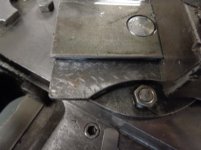
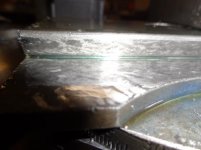
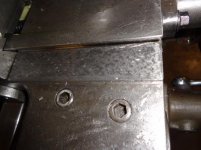
Notice
This website or its third-party tools process personal data (e.g. browsing data or IP addresses) and use cookies or other identifiers, which are necessary for its functioning and required to achieve the purposes illustrated in the cookie policy. To learn more, please refer to the cookie policy. In case of sale of your personal information, you may opt out by sending us an email via our Contact Us page. To find out more about the categories of personal information collected and the purposes for which such information will be used, please refer to our privacy policy. You accept the use of cookies or other identifiers by closing or dismissing this notice, by scrolling this page, by clicking a link or button or by continuing to browse otherwise.
